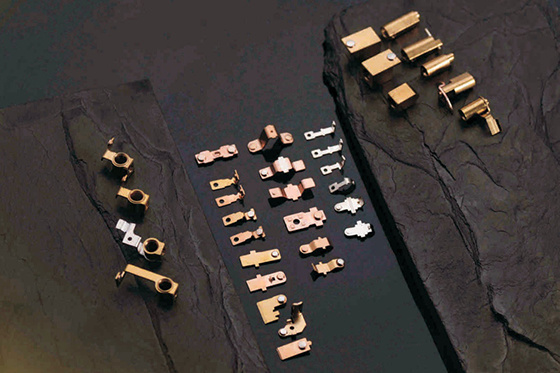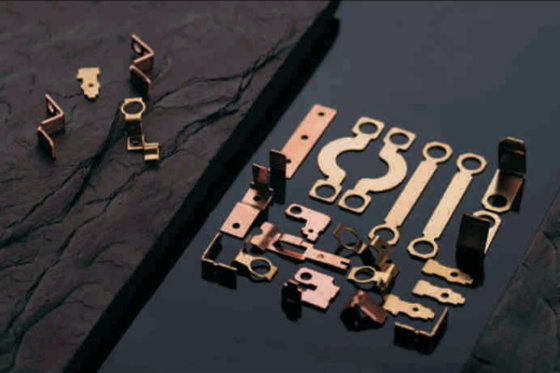Nanomaterial Contacts
Time:
2023-11-30
With the development of high voltage, large current, miniaturization and long life of switching devices, the electrical performance requirements of contact materials are getting higher and higher. Nano-contact materials have become a hot spot in the research and preparation of contact materials.
Most of the research on nano-bulk contact materials is still in the laboratory stage, and there are still many problems to be solved in practical applications. The main reasons are:
(1) The application of nanostructures in bulk materials is much more difficult than the application of low-dimensional materials. Not only the theoretical analysis is more complex than that of low-dimensional nanomaterials, but the controllable preparation of nanostructured bulk materials is also a complex preparation science and technology problem. The defects of high gas content and low density are common in the prepared nano-contact materials, which hinder the improvement of the electrical properties of nano-contact materials.
(2) The research on the electrical properties of nano-contact materials is not deep and comprehensive enough. Due to different applications, contact materials have different requirements for electrical performance. For example, for high pressure vacuum contact materials, low cut-off, high compressive strength and high fracture capacity are required. For the contact material of low-voltage switch, low cut-off value, good arc ablation resistance and welding resistance are required.
(3) For the development of nanomaterials, most of them rely on the experience of developers, using a large number of destructive type testing and screening methods, and lack of theoretical guidance. The research on the relationship between particle size and composition, electrical parameters and thermal parameters of nano-contact materials is not deep enough. Compared with traditional contact materials, the melting point of nano-contact materials is reduced, the specific heat capacity is increased, and the thermal conductivity is reduced. In order to comprehensively evaluate the electrical properties of nano-contact materials, reduce development costs and shorten the development cycle, it is necessary to strengthen the theoretical research of nano-materials.





